Description
Kultur en hiver by Hermann Paul printed on a Hoodie
About the Hoodie
Modern fit
It provides a more tailored look than a regular fit
Comfortable
The fabric and fit of this item are extra comfy
Tear-away tag
Easily removable tear-away tag that allows you to add a custom inside label
Premium quality
The product is made from premium, high-quality materials
Classic unisex hoodie with a front pouch pocket and matching flat drawstrings. The 100% cotton exterior makes this hoodie soft to the touch.
- 65% ring-spun cotton, 35% polyester
- Charcoal Heather is 60% ring-spun cotton, 40% polyester
- Carbon Grey is 55% ring-spun cotton, 45% polyester
- 100% cotton face
- Fabric weight: 8.5 oz./yd.² (288.2 g/m²)
- Front pouch pocket
- Self-fabric patch on the back
- Matching flat drawstrings
- 3-panel hood
- Tear-away tag
Hermann Paul (1864 – 1940)
René Georges Hermann-Paul was a French artist. He was born in Paris and died in Saintes-Maries-de-la-Mer.
He was a well-known illustrator whose work appeared in numerous newspapers and periodicals. His fine art was displayed in gallery exhibitions alongside Vuillard, Matisse and Toulouse-Lautrec. Early works were noted for their satiric characterizations of the foibles of French society. His points were made with simple caricature. His illustrations relied on blotches of pure black with minimum outline to define his animated marionettes. His exhibition pieces were carried by large splashes of color and those same fine lines of black. Hermann-Paul worked in Ripolin enamel paint, watercolors, woodcuts, lithographs, drypoint engraving, oils, and ink. Recent efforts to catalog the work of Hermann-Paul reveal an artist of considerable scope.
On the eve of the First World War, he made quite an impression as part of M. Druet’s “First Group.” As noted by the Burlington Magazine for Connoisseurs, the exhibition was “chiefly remarkable for a series of paintings or drawings – it is hard to say which – by M. Hermann-Paul in a new medium which is simply ripolin.” The Great War soon intervened and Hermann-Paul would document its tragedy as well as its foibles. After the war, he underwent several stylistic changes. In his later years, he produced many works in dry point and ink depicting his beloved Camargue.

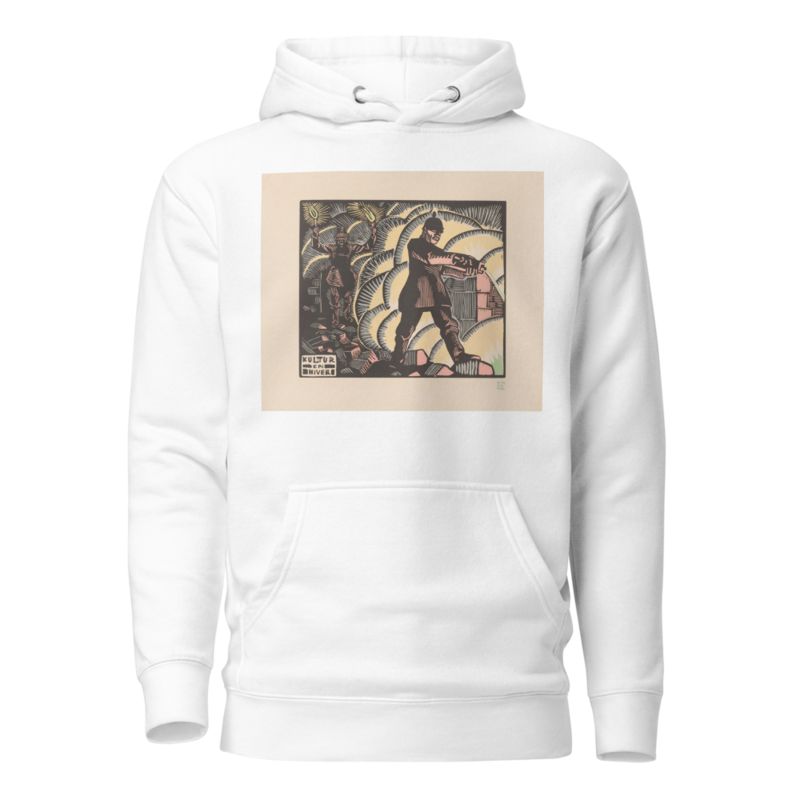
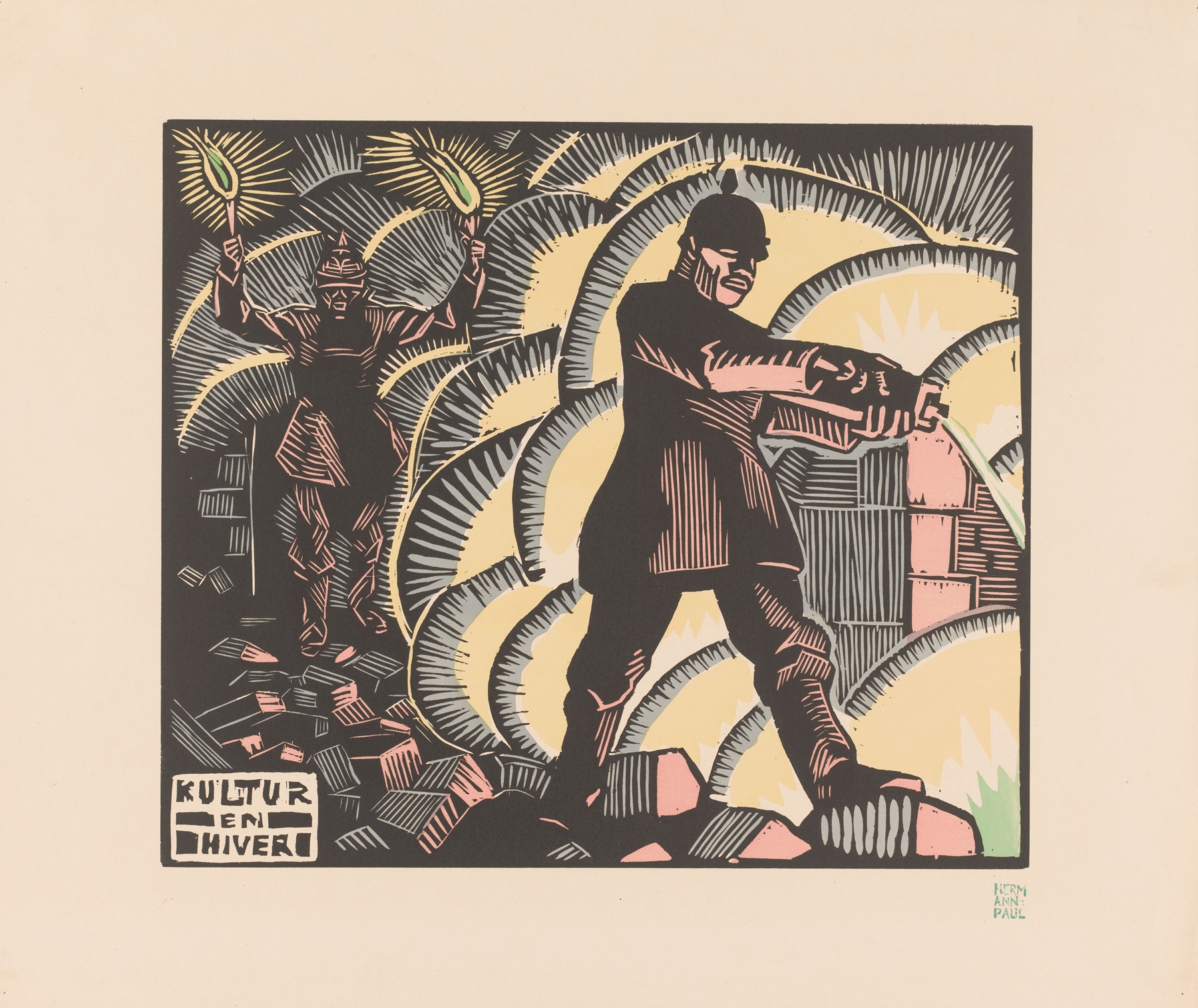
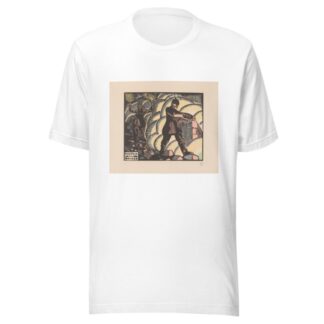
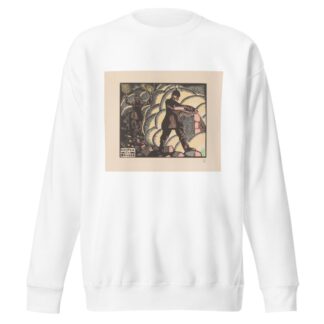
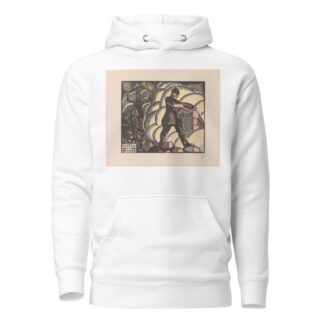
Reviews
There are no reviews yet.